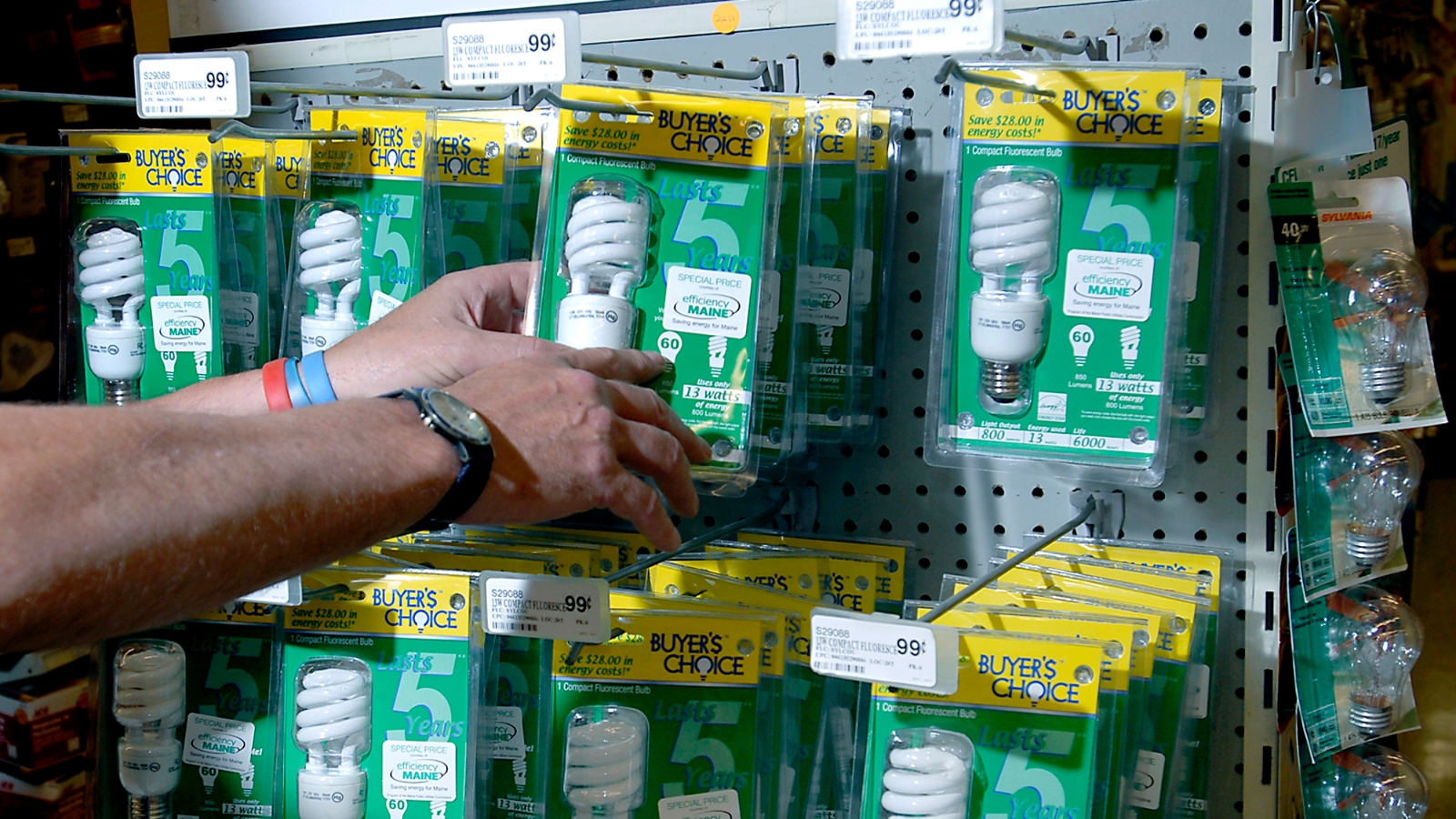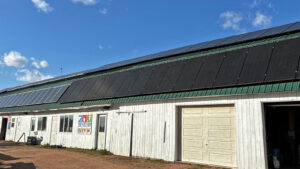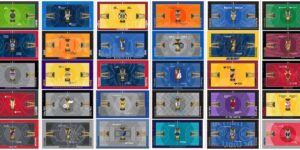
The Department of Energy, or DOE, announced Friday that it is strengthening energy efficiency requirements for light bulbs in U.S. markets, in a move expected to save Americans $27 billion on their utility bills over 30 years. The DOE estimates that the new standards will prevent 70 million metric tons of carbon from being emitted over 30 years—equivalent to the annual emissions of 9 million homes.
According to the new rule, light bulbs sold or imported after 2028 must have an efficiency level of at least 120 lumens per watt, almost triple the current minimum standard. Under the new standard, a bulb as bright as an old-school 60-watt bulb will not require more than 6.5 watts of electricity.
The federal government has already strengthened its efficiency standards once under the Biden administration. Last year, the classic Edison-style light bulb was almost completely phased out. (That rule, which set the current efficiency standard of 45 lumens per watt, actually predates Biden’s presidency and was initially scheduled by Congress to take effect in 2020, but it was slow down by the Trump administration.)
By 2028, when the new standards take effect, the DOE predicts that about 98 percent of new light bulbs sold in the U.S. will be LEDs.
The federal standards do not prescribe a specific type of light bulb for general household use, but simply require minimum efficiency levels. And they only apply to new sales and imports; no one needs to replace the light bulbs that are already in their homes.
Exemptions are carved out for certain types of light bulbs, such as oven lights, where LEDs are not suitable because they do not perform well under high heat.
Andrew deLaski, the executive director of the Appliance Standards Awareness Project, a coalition of energy efficiency advocates, said the trend toward greater efficiency has made a difference in the fight against global warming — especially since the widespread adoption of LEDs.
“What was a 60-watt light bulb now uses, say, 9 or 10 watts,” deLaski said. “This is a huge reduction in energy consumption, which means less fossil fuels are burned in power plants, which leads to climate change. But even an efficient technology can get better.”
Those improvements are already on the way, as lighting manufacturers have been increasing efficiency in light bulbs for years, driven by economic incentives as well as federal regulation. Lighting manufacturers weighed in on the new standard during the federal rulemaking process.
“The modern LED bulb is a much better bulb than the one you bought five years ago, much better than the one you bought ten years ago, and in a different universe than the CFL [ compact fluorescent lamp] that you can’t even buy anymore,” deLaski said.
The new federal standards effectively guarantee that these innovations are shared across the market, ensuring “that all the choices available in stores and from Internet vendors are going to be LEDs that incorporate the latest efficiency technology,” deLaski said.





